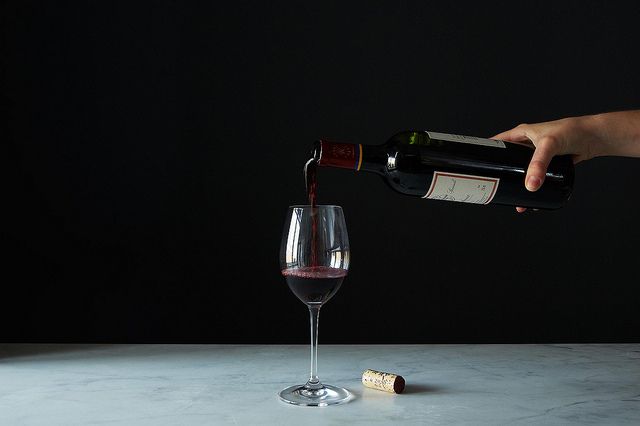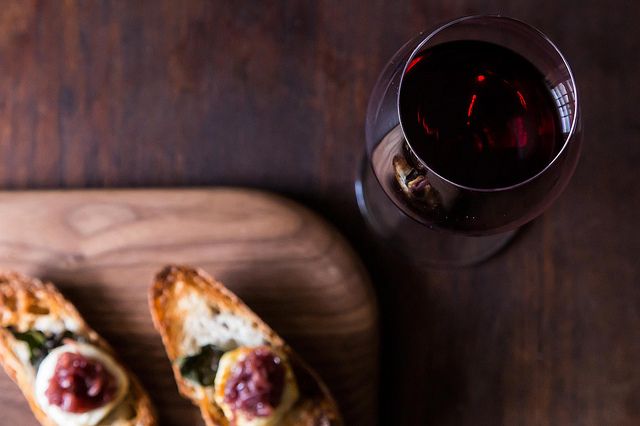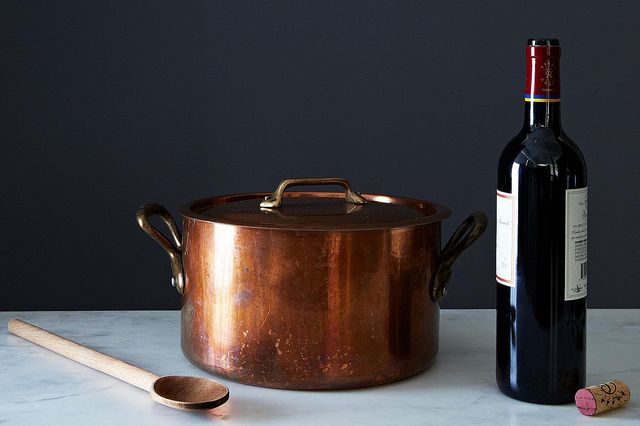We may have food down cold, but wine? This is where we'll conquer it. Join us; we don't want to drink alone.
Today: The who’s who and what’s what with Rhône varietals in the US today.

In last week’s article we looked at the Rhône Valley of France as the source for go-to wines that pair well with food. This week, we’re looking at domestic examples with the same grapes in common: by French law, 21 grape varieties can be used to make Rhône wines, and American counterparts borrow that same list to define the style and character of their wines, too. Popular choices are Grenache, Syrah, and Mourvèdre -- though Marsanne, Roussanne, and Viognier are well-represented too.
Last week we talked about winemakers working with Rhône grapes being like cooks in the kitchen: the grapes are like ingredients that cooks have at their fingertips, and they gravitate to some grapes/ingredients more than others, depending on the year and seasonality. With Rhône varietal wines from the US, that's no different. One notable difference in the US wines, though? The quality to price ratio is very high, meaning great wines at lesser cost.

Here are four wines to keep the conversation, and the wine, flowing at the dinner table; consider it a cheat sheet of who’s who and what’s what with Rhône varietals in the US today.
2009 Cass Rockin’ One, Estate Cuvée from Paso Robles, California
This wine does what you want a “food wine” to do: it fills your mouth, it’s round, and it's not at all bitter. It surrounds the food you’re having with it, envelopes it, makes it warm. It smells like the things you have in your kitchen: cinnamon, raisins, plums, cocoa, and dark blackberries. Its color is deep and rich and velvety, and it makes you want to take another sip, and another bite, and then another sip again.
2010 Donelan Cuvée Christine from Sonoma County
Winemaker Tyler Thomas describes the savory character of Rhône blends as more meaty than fruity, more grilled steak than strawberry. This particular Syrah-based wine, with its aromas of thyme, rosemary, and Greek herbs, would play well off the flavors of a seasoned beef recipe such as Grilled Steak with Italian Salsa Verde.
2010 Kerloo Cellars, Les Collines, Walla Walla, Washington State
Winemaker Ryan Crane walks to the beat of his own drummer. While others try to please the masses with wines flavored strongly with oak, he chooses Rhône varietals where the fruit will shine over the oak. Other winemakers strip all their grapes from the stems before they’re crushed; Crane leaves 50% of his Syrah grapes as whole clusters, believing that the stems add texture and savory quality to the finished product. As a winemaker, Crane’s decisions are considered and thoughtful, and his wines show restraint balanced by a happy individuality.

2010 Qupé Sonnie’s Syrah, Sawyer Lindquist Vineyard
The maker of this wine, Bob Lindquist, “grew up” in the central California wine business alongside Jim Clendenen, and tasting his wines feels like catching onto the tail of American wine history. Santa Barbara, Lindquist points out, is a very good area because it’s the only part of the California coast where the mountains run East to West, not North to South. He calls it “an avenue to the sea,” yet that doesn’t mean his vineyards enjoy lush excess. Lindquist prefers poor soil, because it drains well and gives just enough nutrition to the vine. The spicy, peppery character that results is lovely and pronounced, and emerges almost triumphant from the struggle.
Photos by James Ransom


See what other Food52 readers are saying.